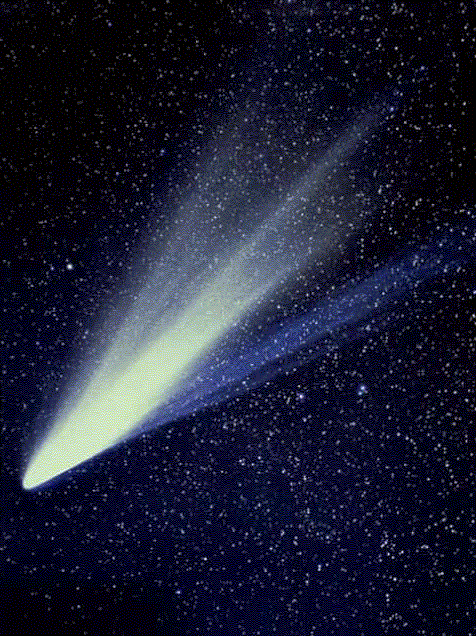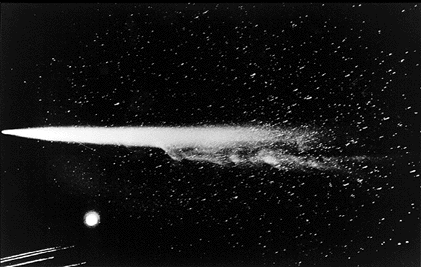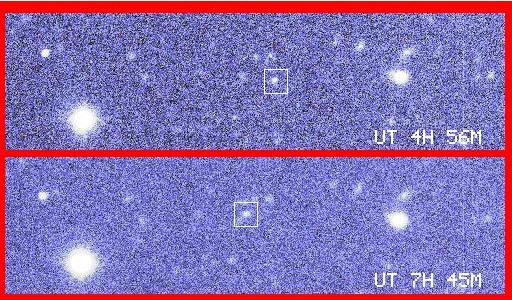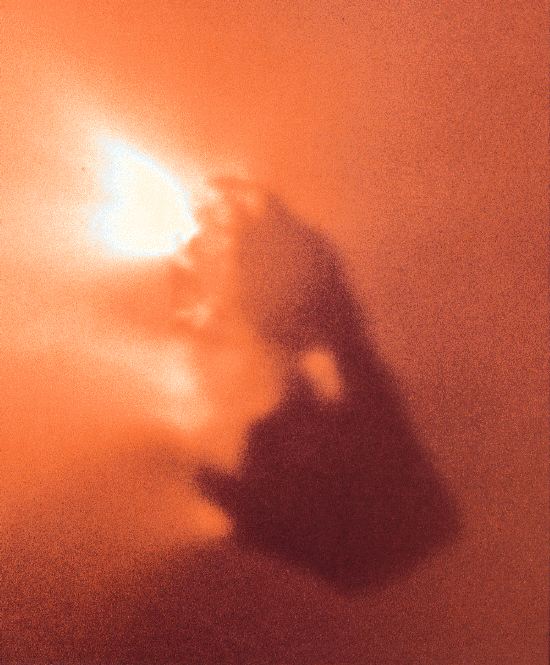
In early times, these "hairy stars" were thought to be mysterious omens of bad events.Were they
- clouds of fire in the upper air?
strange objects moving through the heavens?
 |
Early History: Comets - Bad
Juju.
In early times, these "hairy stars" were thought to be mysterious omens of bad events. |
Science gets involved
In 1577, Brahe and Mastlin used parallax to show that comets were very distant -- further than the Moon. |
 |
| But what are they?
Dirty Snowballs travelling on very elliptical orbits:
It melts -- or more correctly, sublimates. |
 |
|
 |
|
 |